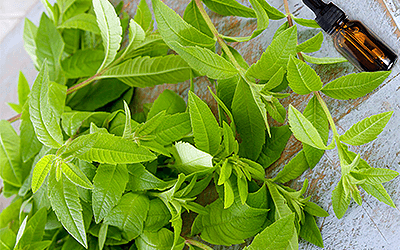Anthocyanins, natural pigments found in various plants, have garnered significant attention for their potential health benefits.1 These compounds are particularly abundant in purple sweet potatoes, known for their nutritional value and health-promoting actions. In this study, researchers aimed to identify and isolate peonidin-based anthocyanin monomers from purple sweet potatoes and investigate their antioxidant and prebiotic activities.
The Study
The researchers extracted and identified twelve anthocyanins from the Chinese purple sweet potato cultivar. They isolated five peonidin-based anthocyanin monomers and conducted structural analyses.
Subsequently, they investigated the functional properties of these anthocyanin monomers, including antioxidant activities and effects on probiotic bacteria (Lactobacillus acidophilus, Bifidobacterium infantis, B. adolescentis, and B. bifidum) and pathogenic bacteria (Staphylococcus aureus and Salmonella) in vitro.
The Results
The peonidin-based anthocyanins in purple sweet potatoes exhibit strong antioxidant properties. These anthocyanins effectively scavenged 1,1-diphenyl-2-picrylhydrazyl (DPPH) radicals and superoxide anions. They also showed potential in reducing total power activity as well as chelating Fe2+ ions, which helps prevent oxidative damage caused by iron.
Microbial cultivations revealed that all tested purple sweet potatoes' anthocyanins promote the growth of probiotic bacteria as well as inhibit the growth of pathogenic bacteria. These results suggest that anthocyanins may have prebiotic-like activity by modulating the intestinal microbiota.
What Does this Mean?
This study sheds light on the potential benefits of purple sweet potatoes' anthocyanins. These natural compounds not only exhibited strong antioxidant activities but also promoted the growth of beneficial probiotic bacteria while inhibiting the growth of harmful pathogens.
Published in Scientific Reports, the findings suggest that adding purple sweet potatoes to your diet could improve gut health. Also, the identification and characterization of these anthocyanin monomers provide valuable insights for the development of functional foods and pharmaceuticals aimed at improving human health.
Other herbs with prebiotic potential include almonds, bananas, whole grain wheat, flax, and oats.
Sources
- Scientific Reports, Antioxidant and prebiotic activity of five peonidin-based anthocyanins extracted from purple sweet potato (Ipomoea batatas (L.) Lam.), 2018
Footnotes:
- Food & Nutrition Research. (2017). Anthocyanidins and anthocyanins: colored pigments as food, pharmaceutical ingredients, and the potential health benefits. Retrieved April 30, 2024, from https://www.ncbi.nlm.nih.gov/pmc/articles/PMC5613902/




